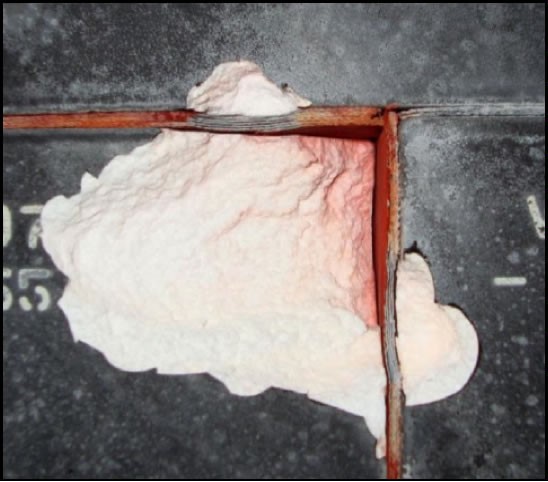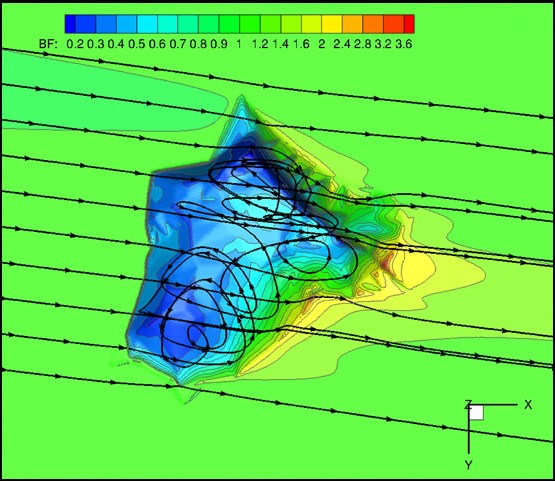NASA Missions
The Loci Framework is a system of code developed at MSU and used by NASA
After discovering that damage from the 2003 Columbia accident was due to a flaw in the thermal protection system, NASA heightened its safety awareness efforts and began using computational fluid dynamics to provide heat predictions.

CHEM vs DPLR
Designed by Mississippi State’s Dr. Ed Luke, a framework of code called Loci is impacting NASA’s detection methods of potential damage during shuttle launches.
During NASA’s STS-134 Endeavour launch in 2011, tiles on the heat shield were damaged during takeoff. To determine if the craft could sustain re-entry into the Earth’s atmosphere, NASA incorporated Loci, Luke’s framework of code, into their real-time assessment of the shuttle’s damage.
Loci
Logic Programming for Parallel Computational Field Simulations
The Loci framework uses a logic-based paradigm of programming which guarantees that the only models generated are internally and logically consistent. While that does not guarantee the system is free of all errors, it does eliminate an important class of program faults. Differing from traditional, imperative-based software that requires the user to provide a series of commands, Loci receives information with a specific goal in mind and then controls the following steps.
The Loci Framework in Action

Actual Damage

Damage Simulated
NASA implemented loci on STS-134, the final mission of the Endeavour shuttle, when debris from takeoff left damage on a tank lacking previously implemented safety modifications. Initial images taken from space appeared to show deep damage to the tank, because of the appearance of a reddish color, indicating the only remaining protection to the structure was the exposed filler bar. The Loci framework used photogrammetry to map out of the cavity, confirming that the “flow physics and heating from the simplified cavity cases were reasonable” for NASA to confidently initiate Endeavour’s reentry to the atmosphere.
